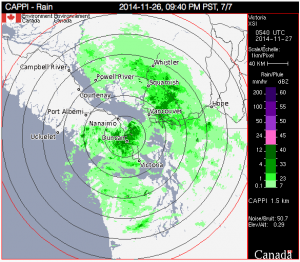 |
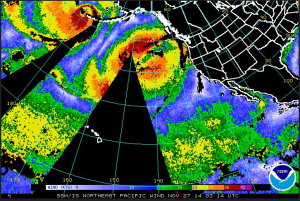 |
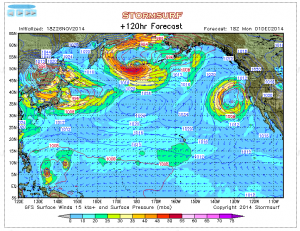 |
| Satellite Radar Rain | Pacific Surface Winds | Weather Model – North Pacific Surface Pressure and Wind |
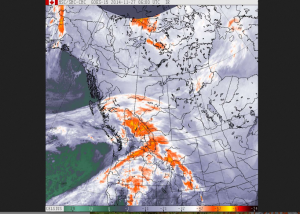 |
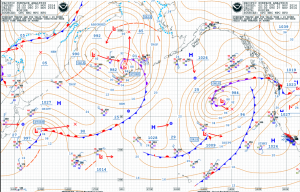 |
|
| GOES Temperature | NOAA Pacific Pressure centres |

The last couple days have been pretty chill over here. The seas have been calm, and the sea lions have been behaving.
Yesterday Greg, Mike and Oliver came over to bring a super comfy sectional couch (Gregs kind donation :)) over to the Student house.
The student digs are so cosy now! It is awesome that they have been getting used so much more this year. Fingers crossed, I have some students come stay during my shift!
Today, I ran the desal and I cleaned the goose poop off the pathways. I think of all the poop types on the island, Goose poo is the worst.
Facilities
Weather